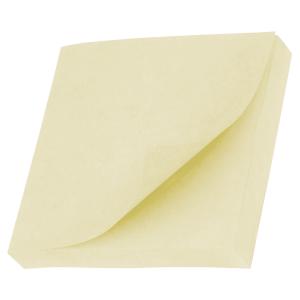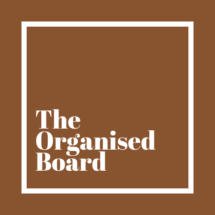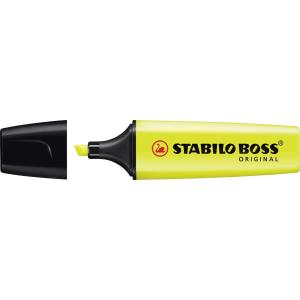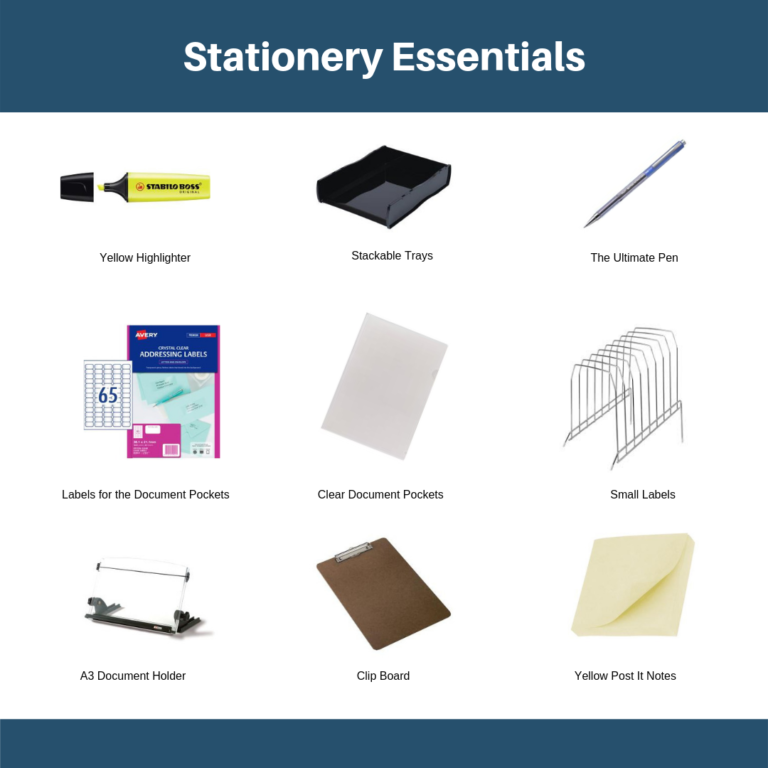
Having the whole stationery catalogue at your fingertips is not necessary. Items such as paper hole punches, rulers and staplers should be a shared resource for each person in the organisation. As clean desk policies and hot desking are the new norm it is best to keep stationery to a minimum.
1. Yellow Highlighter
There is nothing more satisfying than striking off a ‘to do’ item. At the end of the day a page of yellow is so satisfying. Visually an Orange, Blue or Pink highlighters are no one’s friend.
The Yellow Highlighter is practical as you can see the text beneath it at a glance. You can refer back to a task, or series of tasks for reference.
2. Stackable Trays
You only need two trays – the top for documents you are currently working on and your In Tray, the bottom for shredding.
The top tray should be reviewed at the end of each day, only documents you are working on or require action should be in this tray. Anything else should be placed in a plastic sleeve and added to the wire rack.
The shredding tray should be emptied on a monthly basis. Keep everything until you are 100% certain it is not required. For instance early drafts of Agendas should be kept until after the meeting in case someone asks why items have been omitted or added, you don’t need to rely on memory, you have evidence.
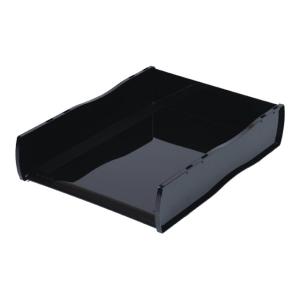
3. The Ultimate Pen
The Pilot Retractable Fine Pen is my favourite. People steal this pen from me all the time. Fancy expensive pens like Mont Blanc are great and yet, I return to this one without fail.
The fine ball glides on paper and it has a comfortable grip.
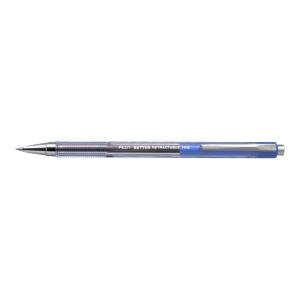
4. Clear Labels
These clear labels adhere to the clear plastic document pockets easily, they can be printed using a standard laser printer, they don’t smudge and don’t get dirty.
I print two labels for each sleeve one in the top right corner at portrait orientation and one at the top right corner at landscape orientation.
Your electronic filing system should mirror these files.
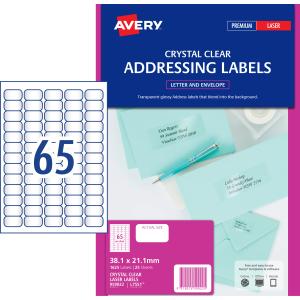
5. Clear Plastic Pockets
Having your documents in well labelled clear pockets allows you to see information at a glance and file the papers as soon as you receive them .
Also, your team can locate documents when you the need them, if you are absent.
Avoid using coloured pockets as it can be confusion to the eye. Also, don’t get the flimsy cheap pockets.
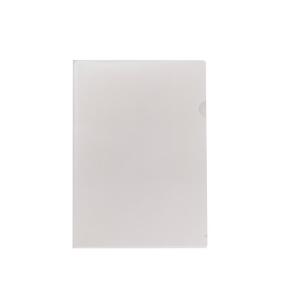
6. Wire Document Holder
I use two racks. One holds the clear pockets by month, the other hold the pockets with each Director’s name, Expenses, Actions and Invitations or special events documents.
The rack keeps the documents off the desk and are easy to reach
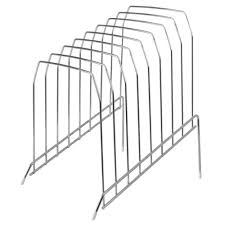
7. A3 Document Holder
Keep a copy of the Calendar for the current year and the next year in front of you at all times. At a glance you can see meeting, paper due days etc.
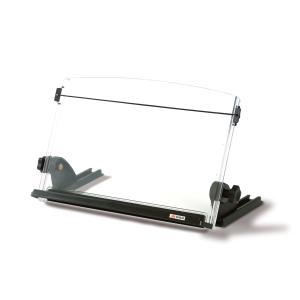
8. Clip Board
Before meeting papers start to arrive for collation – print a copy of each meeting agenda and place them on a clip board for each meeting.
As the papers come in either electronically, in hard copy format or both, highlight the item on the agenda. Having this available at a glance allows to Company Secretary to see which papers are outstanding and need to be followed up.
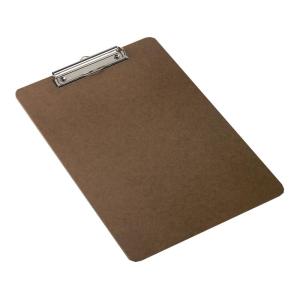
9. Post-It Notes
It is easy to loose track of ‘Things to Do’ if they are written in a notebook. Having tasks laid out in front of you on Post-It Notes allows you to see what is required to be done.
If someone asks if they can help – a quick glance at the Post It Notes and you can swiftly delegate a job.
